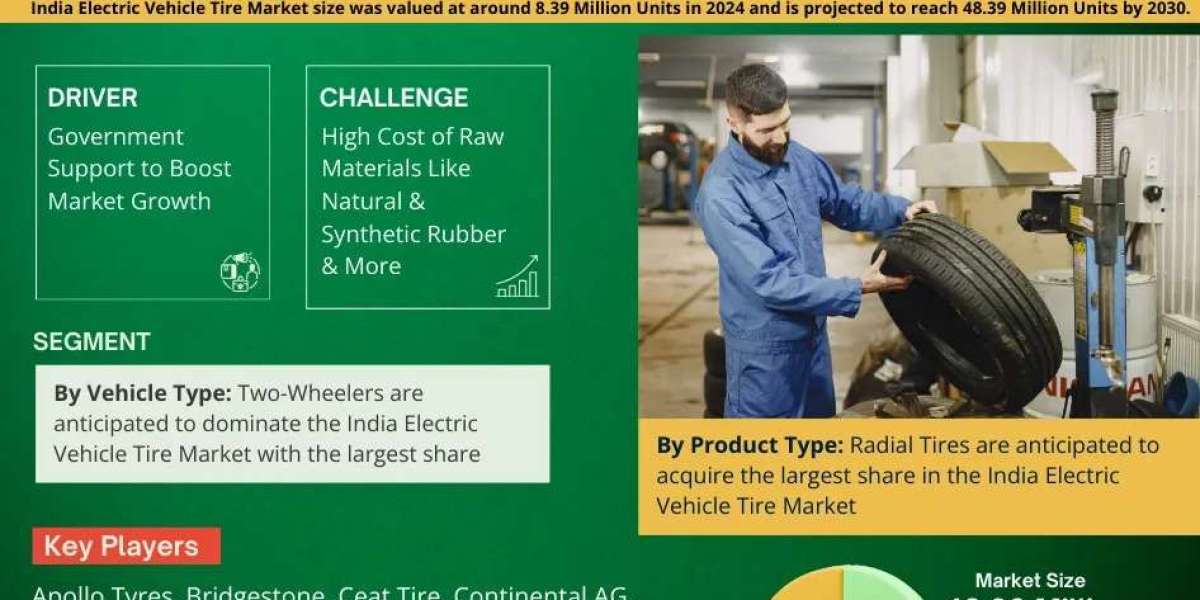Choosing the right database is crucial for building scalable web applications. As businesses grow, their data needs increase, requiring databases that can handle large volumes of transactions while maintaining speed and reliability. Whether you're working with relational, NoSQL, or distributed databases, selecting the right one ensures optimal performance and future-proofing.
For businesses seeking robust database solutions, partnering with a Web Development Services in India can streamline database management and ensure efficient scalability. In this article, we'll explore the best database options for scalable web applications, including their benefits, use cases, and factors to consider when making a choice.
Understanding Database Types
Before diving into specific databases, it's essential to understand the different types of databases used in web applications:
Relational Databases (SQL): Structured databases that use tables and predefined schemas. Examples include MySQL and PostgreSQL.
NoSQL Databases: Non-relational databases that offer flexibility and scalability. Examples include MongoDB and Cassandra.
NewSQL Databases: A hybrid approach combining SQL consistency with NoSQL scalability. Examples include Google Spanner and CockroachDB.
Distributed Databases: Designed for large-scale applications that require high availability across multiple nodes. Examples include Amazon DynamoDB and Apache Cassandra.
Best Database Options for Scalable Web Applications
1. MySQL
Why Choose MySQL?
Open-source and widely adopted.
Supports ACID transactions for data integrity.
Strong community support and extensive documentation.
Best Use Cases:
E-commerce platforms
Content management systems (CMS)
Enterprise applications
2. PostgreSQL
Why Choose PostgreSQL?
Advanced SQL support with JSON capabilities.
High scalability and extensibility.
Strong security features and ACID compliance.
Best Use Cases:
Financial applications
Data analytics and reporting systems
Web applications with complex queries
3. MongoDB (NoSQL)
Why Choose MongoDB?
Flexible schema allows dynamic and unstructured data storage.
Scalable with horizontal partitioning (sharding).
Ideal for handling large-scale unstructured data.
Best Use Cases:
Real-time analytics
Social media applications
Content management systems
4. Cassandra (NoSQL)
Why Choose Cassandra?
Designed for high availability and fault tolerance.
Distributed architecture ensures no single point of failure.
Handles massive amounts of data efficiently.
Best Use Cases:
Large-scale IoT applications
Messaging platforms
Distributed enterprise applications
5. Google Spanner (NewSQL)
Why Choose Google Spanner?
Combines SQL consistency with NoSQL scalability.
Globally distributed database with strong consistency.
Fully managed and highly available.
Best Use Cases:
Large-scale enterprise solutions
Financial applications requiring real-time consistency
6. Amazon DynamoDB (NoSQL)
Why Choose Amazon DynamoDB?
Fully managed and serverless NoSQL database.
Auto-scaling and low-latency performance.
Strong security and compliance features.
Best Use Cases:
Serverless applications
High-traffic web applications
IoT applications
7. CockroachDB (NewSQL)
Why Choose CockroachDB?
Distributed SQL database with high availability.
Automatically scales across multiple regions.
ACID-compliant with strong data consistency.
Best Use Cases:
Financial applications
Multi-region web applications
SaaS platforms
Factors to Consider When Choosing a Database
1. Scalability Requirements
Will the application require horizontal scaling (NoSQL) or vertical scaling (SQL)?
Consider future data growth and infrastructure needs.
2. Data Consistency vs. Availability
Does your application require strong data consistency (SQL) or eventual consistency (NoSQL)?
Evaluate CAP theorem trade-offs.
3. Performance Needs
Consider read vs. write performance.
Analyze query complexity and indexing capabilities.
4. Security and Compliance
Choose databases with encryption, access control, and compliance support (GDPR, HIPAA).
Consider managed database services for security updates.
5. Ease of Integration and Management
Does the database support APIs and existing technology stacks?
Evaluate managed vs. self-hosted database options.
Future Trends in Scalable Databases
AI-Driven Database Optimization: Automated tuning for improved performance.
Serverless Databases: Pay-as-you-go solutions for cost efficiency.
Multi-Cloud Database Solutions: Seamless data management across different cloud providers.
Graph Databases Growth: Enhanced support for complex relationships in data.
Conclusion
Selecting the best database for your web application depends on your scalability needs, data structure, and performance expectations. Whether you choose a relational, NoSQL, or distributed database, ensuring seamless integration with your web application is key.
For businesses looking to implement a scalable and efficient database system, working with a trusted Dignizant technology can help design a robust and future-proof solution tailored to your needs.








